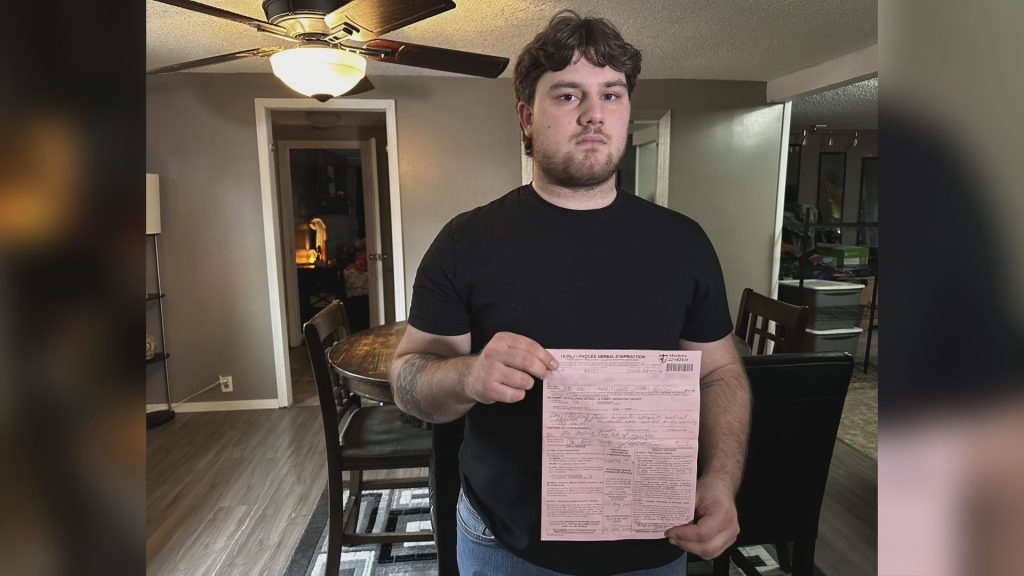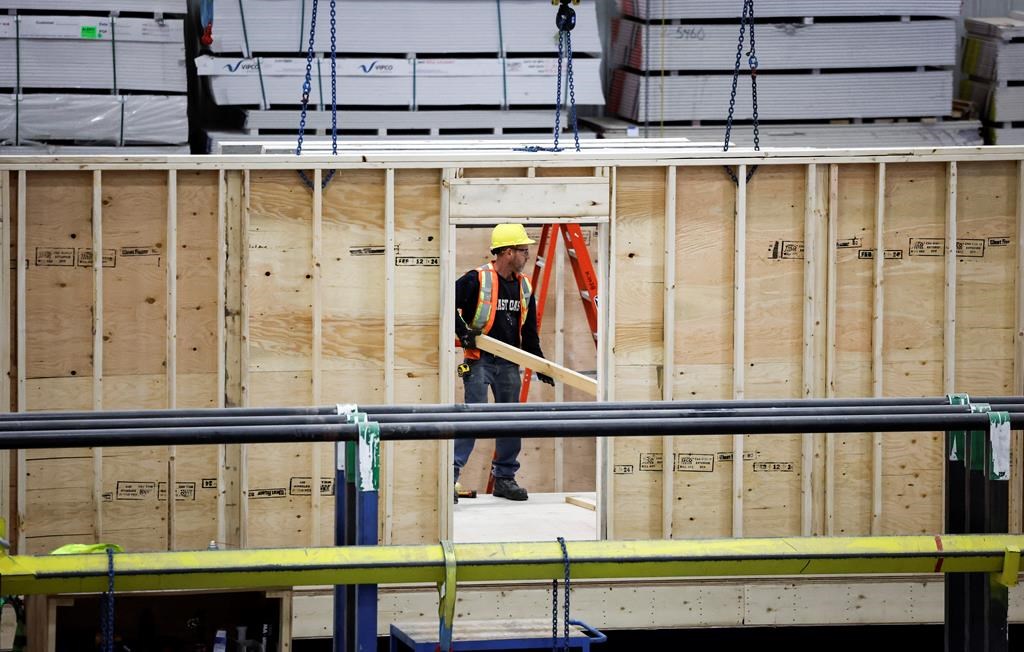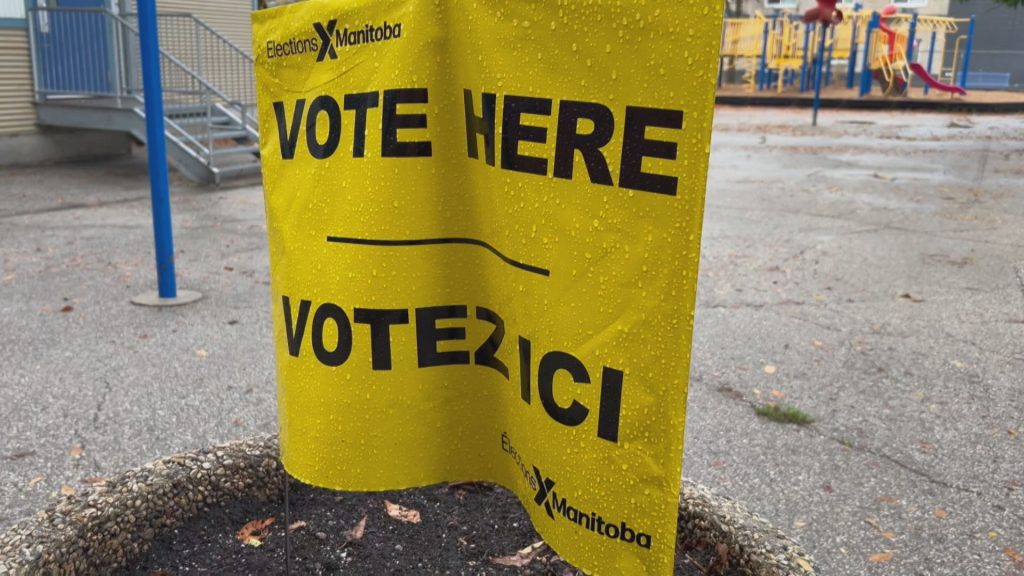Advocates urge Manitoba government to replace outdated diabetes equipment
Posted April 4, 2021 1:13 pm.
Last Updated April 5, 2021 8:58 pm.
WINNIPEG (CityNews) — Medical professionals and the diabetes community in Manitoba are calling on the province to fund newer and more accurate technology for diabetics.
Health-care workers say newer technologies like flash and continuous glucose monitoring systems (CGM) can give a more accurate picture of what a person’s daily glucose levels are instead of only pricking their finger a few times a day.
But that technology is not covered by the Manitoba government.
“So we evolved from using urine tablets in the ‘70s to the first fingerstick glucose monitor in the ‘80s, and we’ve stayed basically with that art of having to poke your finger to find out where your glucose is at any particular point in time,” said Lori Berard, a Winnipeg-based nurse consultant in diabetes management.
Berard, who has worked with people with diabetes for more than 30 years, says pricking your finger does not provide wide-ranging data. If a person does it seven times a day, she says, they only know their glucose levels for seven seconds over a 24-hour period.
Updated technology would provide better information, she says.
“When people wear these sensors, they read every minute so they can either scan, flash or go and get it or it can be pushed to them,” said Berard. “But they can do that simple art and they can see every minute of the day. It forms a graph for them so they know exactly where they were, where they are going and how they got there.”
Berard says that access to these technologies helps the patient self-manage better and gives health-care professionals more accurate information.
Trevor Kirczenow, whose son has type 1 diabetes, also says it’s very helpful for the family to be able to check on their loved ones throughout the day.
“For example, if your child is at school, you can actually see their blood sugars from home,” said Kirczenow. “Or if we’re talking about an adult or a senior, even a family member in another city can see that person’s blood sugars.
“And if they see a severe low happening and they try to contact that person and they don’t get any response, they can call a neighbour to go and check on that person or they can call paramedics to go and check.”
Kirczenow and the group Emergency Diabetes Support for Manitobans have been organizing events at the legislature to bring more awareness to the issue.
Most recently, they held an ‘Amazing Race’ type event to show MLAs how difficult it is to be using old technology to measure glucose.
Let’s make this happen! CGM and Pump coverage just makes sense! Money wise and health wise! #MBdiabetescoveragenow #CGM #Pump pic.twitter.com/Kt2SjKOkqR
— Emergency Diabetes Support for Manitobans (@MBDiabetes) April 1, 2021
Currently Manitoba only covers the cost of insulin pumps for diabetics until they are 18 years old. There is no public coverage for continuous glucose monitoring for any age.
“Everyone with type 1 diabetes could benefit from having coverage for a continuous glucose monitor,” said Kirczenow. “And if people want access to an insulin pump, there is no medical reason to cut that off at age 18.
“Type 1 diabetes does not disappear magically at age 18.”
Kirczenow believes Manitoba could adjust their budget to cover technologies like CGMs because he says the cost is not that much higher than what they are already offering.
He says the age-based coverage is also problematic because insulin needs change over the course of a person’s life.
“It’s hard to see that without a continuous glucose monitor,” said Kirczenow. “You don’t really know what’s going on. So yes, an alarm in the middle of the night that blood sugar is low absolutely does change lives and we could have that in Manitoba if the government moves quickly.”
According to Diabetes Canada, most provinces do not cover flash or CGMs. Flash glucose monitoring is covered under specific criteria in Ontario, Quebec, and Yukon. CGM is covered in Ontario and Yukon under specific criteria.
“And it’s really unfortunate because it’s the postal code that causes that for people in Manitoba,” said Berard. “So we need to do something. Diabetes is no one’s fault.”








